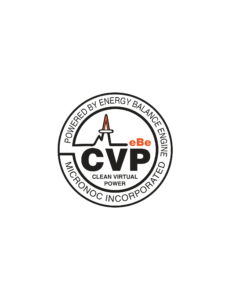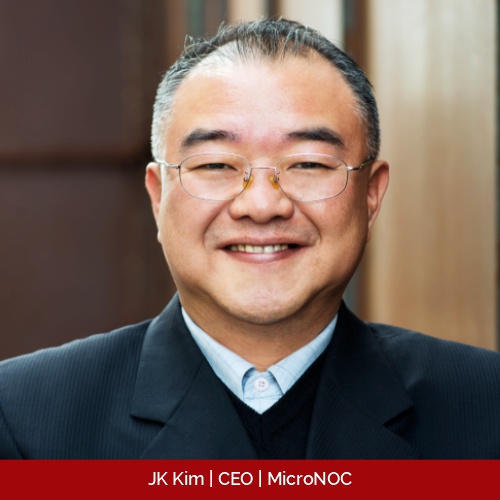Trending
April 28, 2024
April 25, 2024


“Buildings consume about 70% of total electricity use in the United States. The potential for transaction-based control schemes will be successful when behind-the-meter loads, generation, and storage assets seamlessly integrate into a collaborative, incentive-based network that, from the perspective of grid operations, functions as a virtual control system, enabling them to deliver energy services to the grid at the lowest possible cost,” U.S. Department of Energy (DOE).

The increase of intermittent power generation sources such as solar and load sources like electric vehicles and data servers plugging into our electric grid continues to challenge grid operators (ISO) on balancing available clean energy supply versus usage demand times. The 2020 Covid pandemic showed the world that if we do nothing, then a societal and climate behavior change will result in blackouts and danger, which we’ve seen from California power shutdowns, fires, and Texas’ power failure. How buildings consume electricity throughout the day is expressed using a line graph with peaks (high usage) and valleys (low usage). Too many peaks and valleys stress the grid. This causes grid operators to work around the clock to level out these peaks and valleys as much as possible. They use dispatchable thermal CO2 emissive generators such as coal, gas, and diesel as these resources are readily available and can be turned on and off. The Federal Energy Regulatory Commission’s (FERC) Order 2222, issued late last year, mandates ISOs to allow dispatchable demand-side resources to help with grid balancing so we can reduce electricity costs and reliance on dirty energy resources.
Can we rely on an intermittent clean energy-powered future when buildings continue to demand and use electricity when it isn’t available without increasing costs and damaging the environment? The answer is Yes! According to the DOE, if we can transform buildings’ demand to be fully dispatchable for grid operators, enable them to generate billions in annual reduced energy costs while offsetting generation and transmission infrastructure, then we can. How? Enter MicroNOC Inc. MicroNOC is an award-winning, CA-based company, founded and lead by Mr. JK Kim, CEO, who has been working diligently on this exact vision since 2016.
California has designated 4 pm-9 pm as the high cost, dirty energy, peak hours. During these hours, electricity rates are 3x more expensive. The costly rates coincide with solar power fading with the sunset, and the only available dispatchable source for demand is gas. So, if demand is the determining cost factor for when and how long a source is needed, the logical step is to make demand controllable.
MicroNOC has pioneered a revolutionary solution to meet this need—a state-of-the-art, grid-synchronized, property-based, clean virtual power (CVP) station—that redefines electricity consumption and distribution. CVP entails installing its Energy Management and Energy Storage System behind-the-meter of commercial and industrial buildings to reduce on-peak energy consumption. This solution provides a 25% electricity rate savings for business building occupants and acts as an alternative to gas peakers and other fossil fuel-based power resources from the grid. According to JK Kim, MicroNOC’s CEO, “We balance your rates and balance the grid.”
MicroNOC CVP empowers new opportunities from energy savings and trades for consumers and commercial and industrial building owners, operators, and tenants. MicroNOC transforms buildings into automated power stations to deploy low-cost storage options for the grid for a seamless balance of both peaks and valleys of demand.
This year, MicroNOC plans to unveil an innovative, new program that will involve more people to collectively influence and mitigate issues that grid operations, governments, and utility companies face. The forthcoming program allows customers to contribute a percentage of their returns earned from supplying the stored energy to the grid and give back to the community as part of what he has coined “corporate social relationships” (CSR). Mr. Kim envisions MicroNOC’s CVP serving as a transparent platform that enables everyone to participate in balancing the grid with clean energy. With the energy savings MicroNOC expects to yield, it plans a generous social impact initiative to give back to regional counties, cities, and businesses.
Longer-term, MicroNOC plans to enhance its platform to support 1.5-gigawatt projects. Mr. Kim believes that CVP is an innovative solution with the potential to immensely benefit society and optimize the grid for both the present and future. The company is committed to a greener future. Over the last few years, it has built and deployed modern technologies that play a crucial role in supporting a grid of the future.
With FERC’s landmark Order 2222, it is likely that in the next 50 years, the energy sector will undergo an unprecedented revolution akin to the industrial revolution. The order is banking on the market’s creativity and innovation to increase clean energy solutions to fight climate change. MicroNOC is an exemplary example of what FERC envisions.